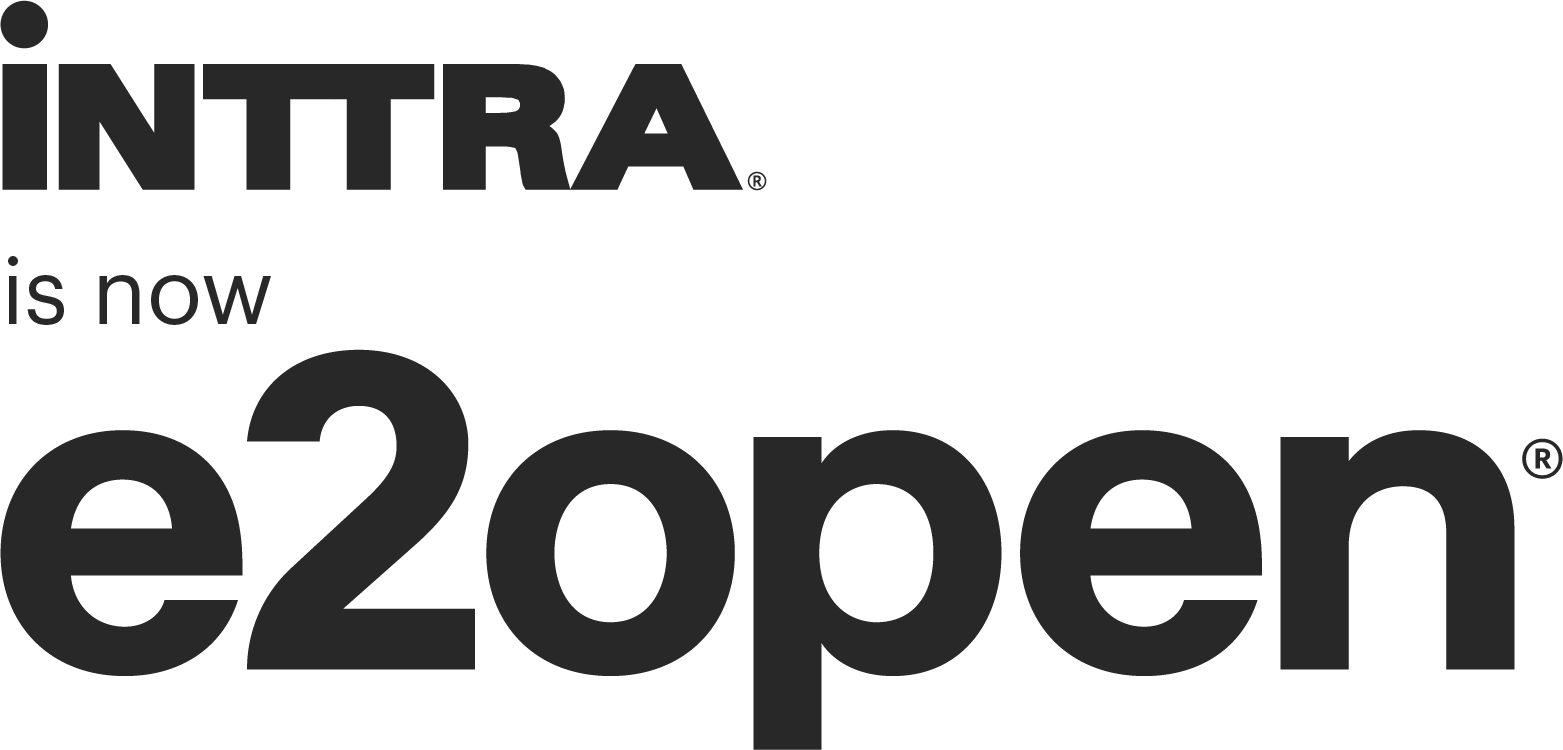16 Mar Innovation and Digitization in Container Shipping
Innovation and Digitisation in Container Shipping
Amid all the talk of ‘disruptors’ threatening the future of forwarders with new digital services, one ‘new’ entrant has been around longer than most.
Founded some 16 years ago, INTTRA was initially established by a consortium of container shipping lines to drive IT innovation and digitisation. Seven years ago it turned to private equity, a move that has helped it expand rapidly. According to Inna Kuznetsova, INTTRA’s President & COO, the company’s digital services are now used at some stage during some 27% of all global physical container movements.
Yet she estimates that currently only around half of the ocean freight sector’s transactions are digitised, leaving ample room for further growth. “A large portion of transactions are handled by phone, fax or email,” she said from her office in the US. “Therefore, you can say that INTTRA handles more than half of all digital transactions.
“As we see the industry accelerating its transformation towards full digitisation, we feel very positive about our opportunities for growth.
“In addition, we see this growth coming not only from the natural process of switching from manual to electronic, but also from constant improvements we make to INTTRA’s user experience, which motivate many existing digital users to switch from alternative channels to INTTRA.”
Kuznetsova’s lofty ambitions are built on solid foundations. INTTRA saw 16% year-over-year growth in 2016 container orders – comprising bookings, shipping instructions and shipping orders – despite container ship sailings in the industry rising by just 3%, according to Container Trade Statistics. Indeed, INTTRA processed 38.5 million container orders on its platform last year and also tracked a record 427 million container status events through its Track & Trace service.
“INTTRA played a significant role in 2016 as the rate of technology and digitization accelerated rapidly in the ocean industry. We believe that digitization is now indispensable,” commented CEO John Fay.
But where does this leave forwarders, many of which are struggling to come to terms with new technologies? “Forwarders and shipping lines alike are our customers, not competitors,” explained Kuznetsova. “INTTRA is an IT company. We do not take custody of cargo or sail ships. Other network-based services include transmitting electronic invoices between carriers and shippers and providing electronic bills of ladings. Again, in essence it is an electronic transmission of forms to all trading partners, accelerating the process and reducing errors.”
Although shipping lines still retain stakes in the company, she said INTTRA essentially acts as a neutral electronic transaction platform and information provider via two types of services. The first is a network-based exchange of forms between forwarders or direct shippers and shipping lines that are necessary to secure a place for a container on a vessel. These include booking requests, VGM submission and shipping instructions sent by forwarders or BCOs, and subsequent confirmations, as well as container tracking by carriers.
The second category of INTTRA’s services is providing various types of data analytics. In this case, both carriers and shippers leverage its data and interfaces to improve their own operations and services.
“For example, carriers may subscribe to a report on the quality of tracing data provided by various ports that allows them to trouble-shoot delays and gaps, thus improving their own service to forwarders or BCOs,” said Kuznetsova.
“Freight forwarders favour our Ocean Schedules product – INTTRA’s search engine identifying 12 million voyages a year – as well as our dashboards, which provide visual representation of dwell time in various ports or historical reports on shipping reliability. In all of these cases we support our customers as a software solution provider.”
Kuznetsova said she agreed with Maersk’s recent claim that more digitisation of ocean supply chain transactions would help reduce liner costs and improve profitability by eliminating waste. “We have over 110,000 forwarders and direct shippers performing booking and shipping instructions via our services with shipping lines,” she added. “We’re working with the top forwarders and shipping lines in the world and we help them standardise their products and improve efficiency.”
By doing this in a standardised manner, she said both forwarders and lines could reduce the cost of doing business. “Half the industry’s transactions today involve booking by phone and fax, which is prone to human error,” she added. “So there is inconsistency from carrier to carrier. We help improve consistency.
“We also offer Track & Trace, so forwarders know where their box is and they can provide the information to their customers. They get access to Ocean Schedules. Most forwarders have worked with their own IT systems – they buy forwarding software, or develop it in-house. We have standard integration with most leading forwarding systems so they can integrate our services into their own.
“Forwarders are our very valued customers, and some of the biggest use INTTRA. We are complementary. The nature of the forwarding business is to have lots of carriers in different trade lanes in multiple regions, and maintain dozens of EDI connections which is extremely expensive for forwarders. Integrating through us is not.”
“Our network-based services reduce costs to both carriers and shippers. In ocean shipping everyone trades with many partners – forwarders use up to several dozens of carriers, while carriers service thousands of forwarders and BCOs. The possibility of performing the majority of transactions via a single connection eliminates the need for costly one-to-one connectivity, reduces errors due to standardisation and the costs of manual processing.”
The use of INTTRA’s standardised services could also help forwarders better manage the ongoing consolidation of the liner business, Kuznetsova insisted. “Multiple carriers use INTTRA, so how forwarders deal with carriers doesn’t change with consolidation, it’s still the same approach and software,” she said.
“Also forwarders are consolidating. So, in the case of a merger, if INTTRA is used by a firm, or a company buys another company that uses us, they don’t need new EDI connections.
“We eliminate the additional costs of doing business.”
From Lloyd’s Loading List – Innovation and Digitisation in Container Shipping





No Comments